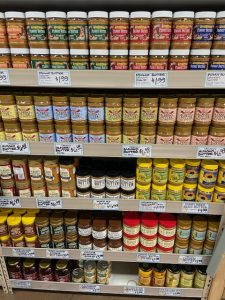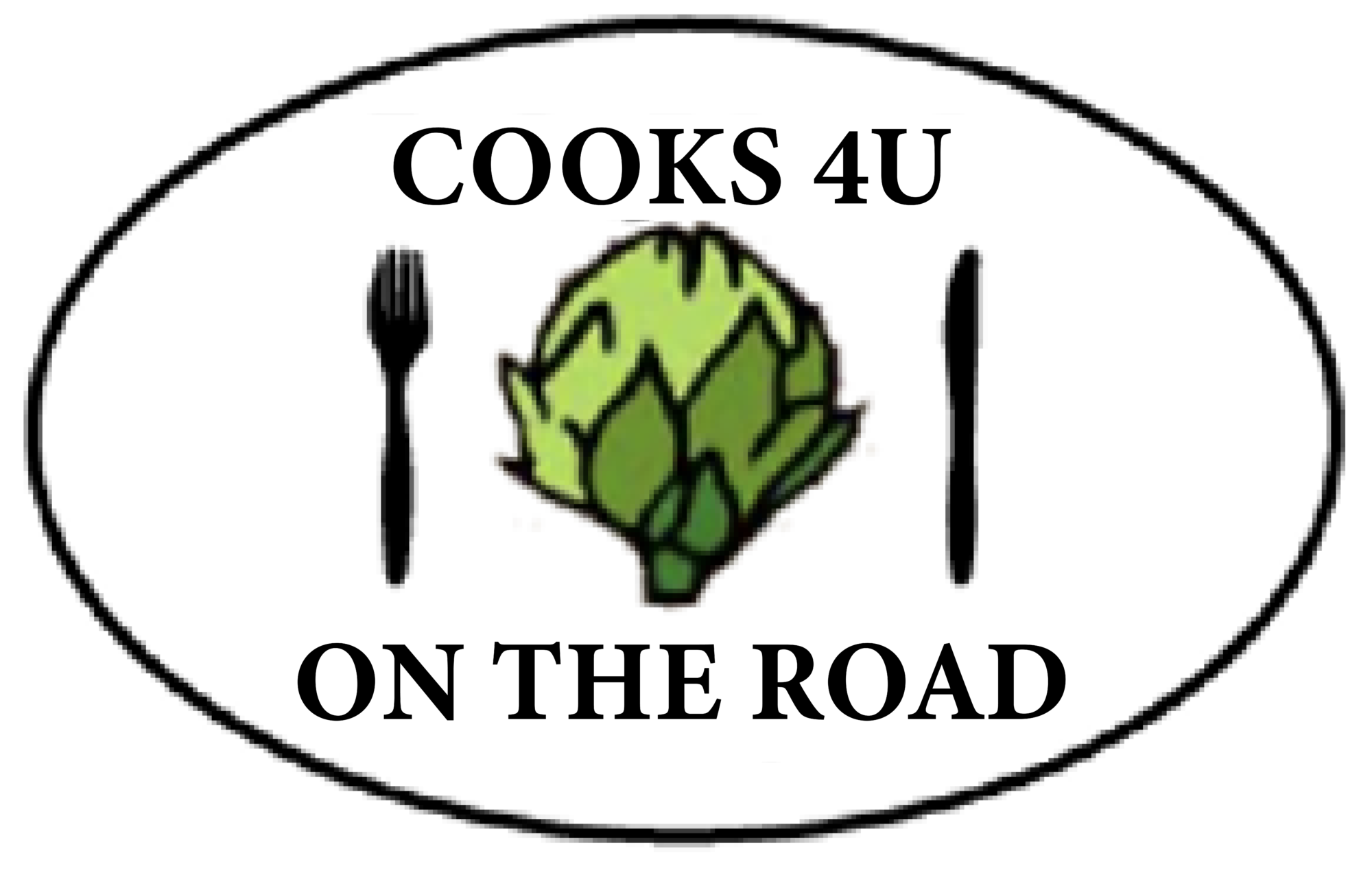
Nut butters are everywhere these days, giving us a variety of choices outside traditional peanut butter. But not all these spreads are equal, nutritionally speaking. That’s why we’re here with the health benefits and drawbacks for each, so that you can determine which are more suitable for your dietary needs. (Tip: Chef Jodi recommends swinging by Trader Joe’s for your nut butter needs. Not only do they have a great variety, but they are all affordably-priced!)
Almond Butter
Almond butter is one of the healthiest nut butters around and is a great alternative to regular peanut butter. It has 7 grams of protein per servings (two tablespoons), 12 grams of monounsaturated fat and numerous vitamins and minerals, like Vitamin E, magnesium and calcium. Plus, unlike processed regular peanut butter, almond butter usually is lower in sugar.
Cashew Butter
Cashew butter is one of the creamiest nut butters around, making it an excellent dairy replacement in vegan desserts and recipes. However, given the nutritional breakdown of the cashew nut, this spread is higher in carbs and lower in protein and healthy fats. In addition, it’s more expensive and harder to find than some of the other nut butter options.
Full-fat Peanut Butter
Traditional, full-fat peanut butter offers the highest among of protein per serving – 8 grams – and is typically inexpensive. Peanut butter is also low carb, rich in antioxidants and can help increase satiety when paired with fruits or vegetables. Look for peanut butter that is just peanuts and salt, without the added palm or other oils. Another tip? Skip the low-fat peanut butter. The calories in this are the same or higher, thanks to the extra ingredients, like sugar, that are added in to improve the taste.
Walnut Butter
Walnut butter provides the most omega-3 fatty acids of all the nut butters, making it a staple for vegetarians and vegans. Omega-3’s help to reduce LDL cholesterol, improve HDL cholesterol and help to control inflammation. However, this spread is low in protein and healthy fats, giving it a softer nutritional punch than the other nut butter alternatives.
Hazelnut Butter
Hazelnut butter is a food spread made from crushed and blended hazelnuts. But while this nut butter is a good source of protein and Vitamin E, it also can contain a good deal of sugar. Be sure to read the nutrition label for sugar and fat (usually palm oil) content. Hazelnut spreads should be treated like rich, calorie-laden desserts (since most of the time, you’ll find them mixed with chocolate) – eat them sparingly.
Soy Nut Butter
Soy nut butter can be a good option for those with tree nut or peanut allergies. Made with lightly roasted soy nuts, soy nut butter is quite similar to peanut butter in taste and texture but has significantly less total and saturated fat and offers 7 grams of soy protein per serving.
Tahini
Tahini is made from toasted ground hulled sesame seeds and is a staple ingredient in Middle Eastern cooking. It can be served by itself or as a major ingredient in hummus, baba ghanoush and halva. Interestingly, peanut butter and tahini have similar nutritional benefits: they are both high in healthy fats and have a little amount of sugar. Tahini, however, has a little less protein, but is a lot safer than traditional peanut butter when it comes to those who have nut allergies.
As you can see, there are a variety of nut butter options if you’re looking to expand your diet. But if you’re looking for ways to incorporate them into your diet, visit www.lajollacooks4u.com. We regularly use many of the nut butter alternatives during our unique team-building cooking events, and we’d love to suggest new recipes to try out!




